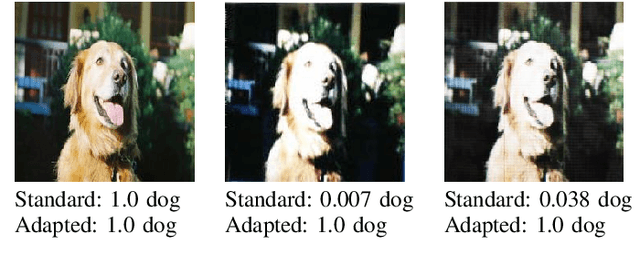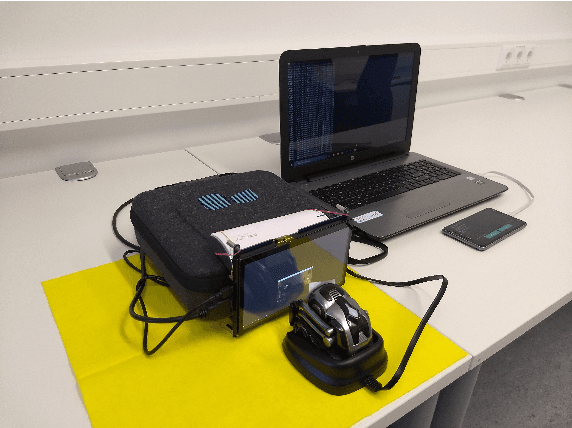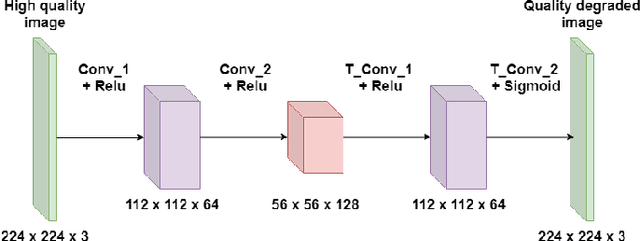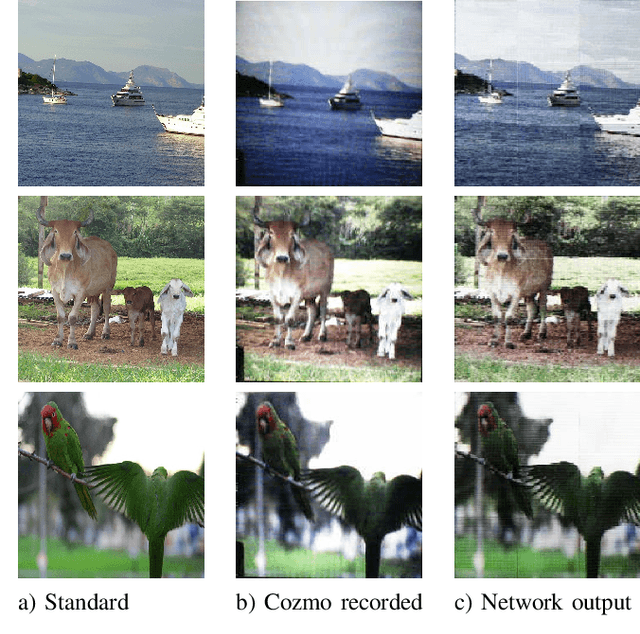Roman Obermaisser
LLM-Assisted Knowledge Graph Completion for Curriculum and Domain Modelling in Personalized Higher Education Recommendations
Jan 21, 2025Abstract:While learning personalization offers great potential for learners, modern practices in higher education require a deeper consideration of domain models and learning contexts, to develop effective personalization algorithms. This paper introduces an innovative approach to higher education curriculum modelling that utilizes large language models (LLMs) for knowledge graph (KG) completion, with the goal of creating personalized learning-path recommendations. Our research focuses on modelling university subjects and linking their topics to corresponding domain models, enabling the integration of learning modules from different faculties and institutions in the student's learning path. Central to our approach is a collaborative process, where LLMs assist human experts in extracting high-quality, fine-grained topics from lecture materials. We develop a domain, curriculum, and user models for university modules and stakeholders. We implement this model to create the KG from two study modules: Embedded Systems and Development of Embedded Systems Using FPGA. The resulting KG structures the curriculum and links it to the domain models. We evaluate our approach through qualitative expert feedback and quantitative graph quality metrics. Domain experts validated the relevance and accuracy of the model, while the graph quality metrics measured the structural properties of our KG. Our results show that the LLM-assisted graph completion approach enhances the ability to connect related courses across disciplines to personalize the learning experience. Expert feedback also showed high acceptance of the proposed collaborative approach for concept extraction and classification.
A Computer Vision Approach for Autonomous Cars to Drive Safe at Construction Zone
Sep 24, 2024Abstract:To build a smarter and safer city, a secure, efficient, and sustainable transportation system is a key requirement. The autonomous driving system (ADS) plays an important role in the development of smart transportation and is considered one of the major challenges facing the automotive sector in recent decades. A car equipped with an autonomous driving system (ADS) comes with various cutting-edge functionalities such as adaptive cruise control, collision alerts, automated parking, and more. A primary area of research within ADAS involves identifying road obstacles in construction zones regardless of the driving environment. This paper presents an innovative and highly accurate road obstacle detection model utilizing computer vision technology that can be activated in construction zones and functions under diverse drift conditions, ultimately contributing to build a safer road transportation system. The model developed with the YOLO framework achieved a mean average precision exceeding 94\% and demonstrated an inference time of 1.6 milliseconds on the validation dataset, underscoring the robustness of the methodology applied to mitigate hazards and risks for autonomous vehicles.
A Simple Domain Shifting Networkfor Generating Low Quality Images
Jun 30, 2020



Abstract:Deep Learning systems have proven to be extremely successful for image recognition tasks for which significant amounts of training data is available, e.g., on the famous ImageNet dataset. We demonstrate that for robotics applications with cheap camera equipment, the low image quality, however,influences the classification accuracy, and freely available databases cannot be exploited in a straight forward way to train classifiers to be used on a robot. As a solution we propose to train a network on degrading the quality images in order to mimic specific low quality imaging systems. Numerical experiments demonstrate that classification networks trained by using images produced by our quality degrading network along with the high quality images outperform classification networks trained only on high quality data when used on a real robot system, while being significantly easier to use than competing zero-shot domain adaptation techniques.
 Add to Chrome
Add to Chrome Add to Firefox
Add to Firefox Add to Edge
Add to Edge